Birdsong Bluster
Female songbirds sometimes have a hard time separating truly worthy male crooners from the fly-by-night wannabees.

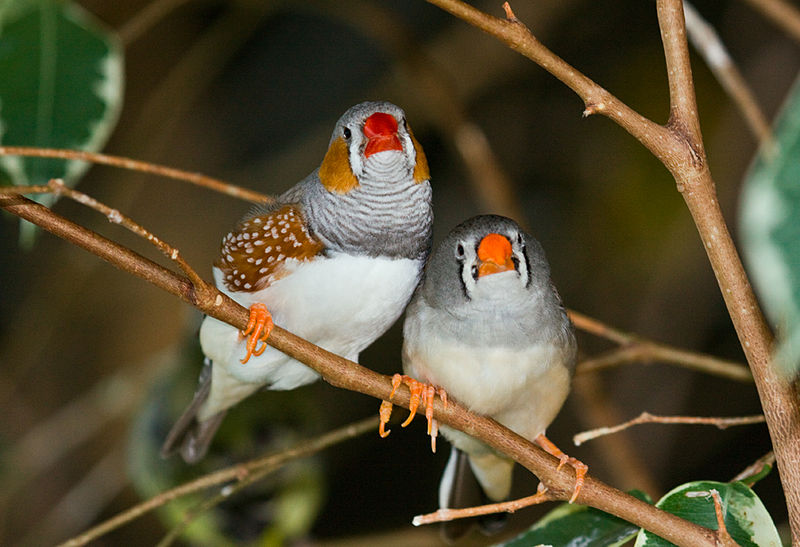
Female songbirds sometimes have a hard time separating truly worthy male crooners from the fly-by-night wannabees.
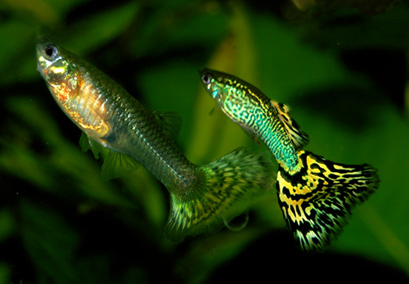
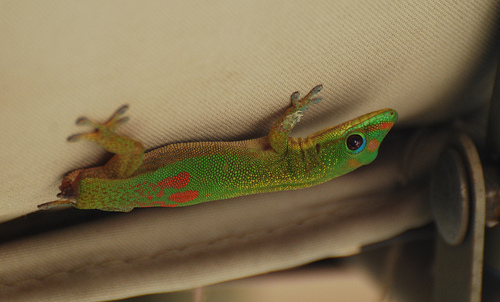
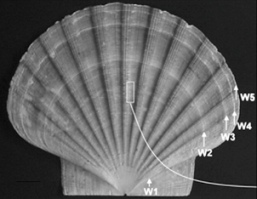
Scientists can assess the health of marine ecosystems by recording the coughing sounds made by scallops.
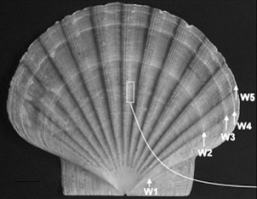
THE CHANGING ENVIRONMENT - What a scallop's cough can tell us about environmental health, how melting Arctic ice may have caused the earth's last big freeze, and why climate change may have undone the Maya empire. Also: using weather forecasting techniques to predict flu outbreaks, and revisiting the apocalypse myth surrounding the fictional planet Nibiru.
An Australian bird thwarts nest invaders by requiring its young to sing a secret call to get fed.
A meltdown of Arctic ice may have triggered the last deep freeze in the Northern Hemisphere.
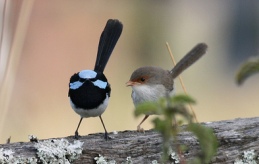
ARE YOU WREN ENOUGH? Why fairy wrens require their babies to show ID, how coral reefs ask for help, and how one microscopic animal patches itself up with borrowed genes. Also: Host Bob Hirshon went down to NASA Headquarters to report on the discovery of water on the planet Mercury.
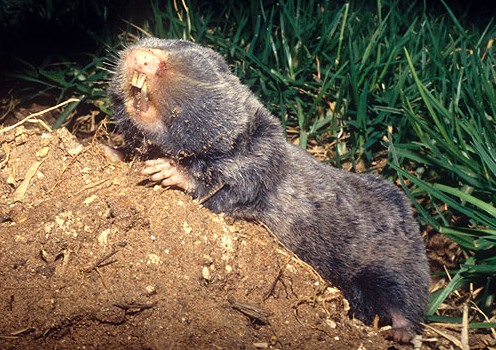

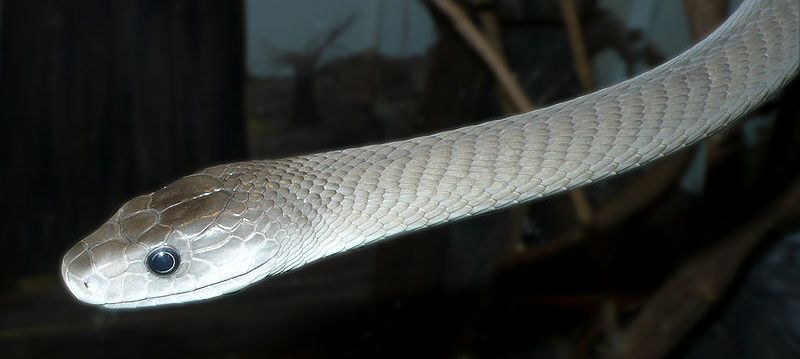
Scientists have isolated a potent painkiller from the venom of the deadly black mamba snake.
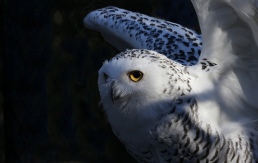
BIRDS, BUTTERFLIES & BEETLES - How radar helped solve a migration mystery, why malaria could be heading north, and how dung beetles cool themselves off. Also: a 21st century technology that's helping archaeologists crack an ancient code.
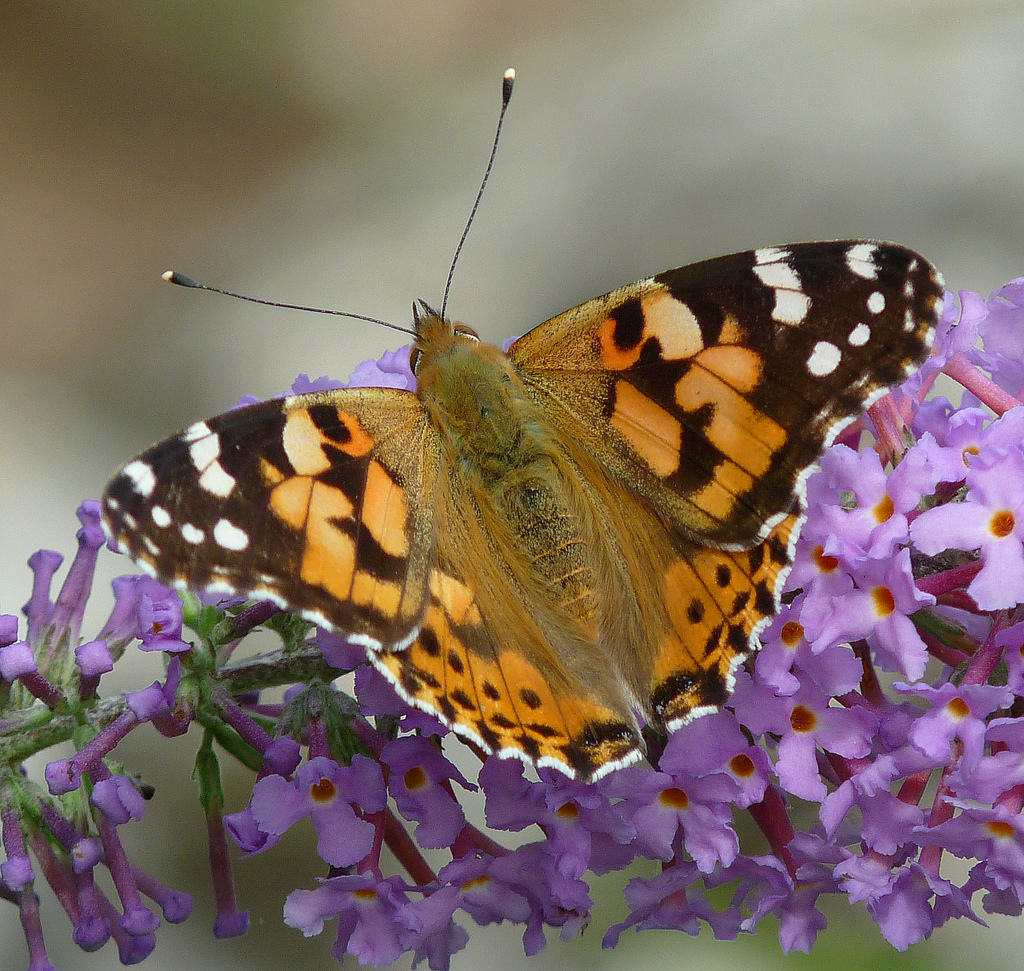
Radar data, along with highly coordinated observations, has solved a disappearing-butterfly mystery.
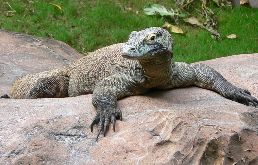
SURVIVAL - Why female Komodo dragons die young, a whale that sounded like a person, and algae that flee their predators. Also: how the brain's insulation differs between us and chimpanzees, and why that insulation is so important to social development.
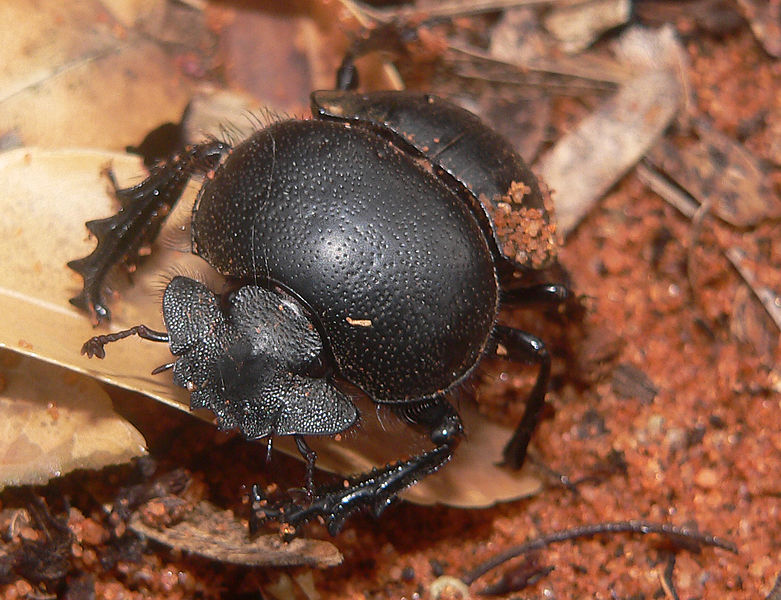
Dung beetles use balls of fecal matter not only for food and reproduction, but for cooling as well.
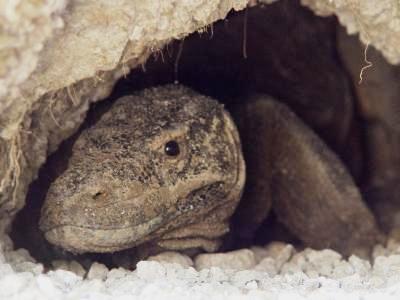
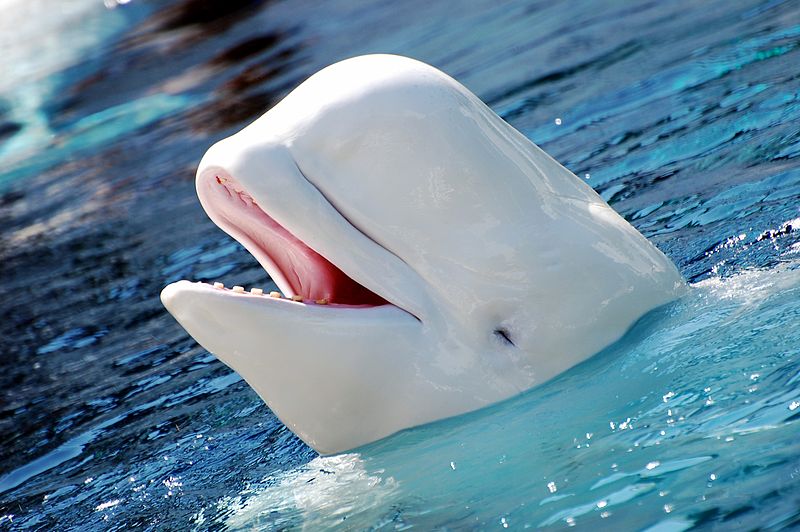
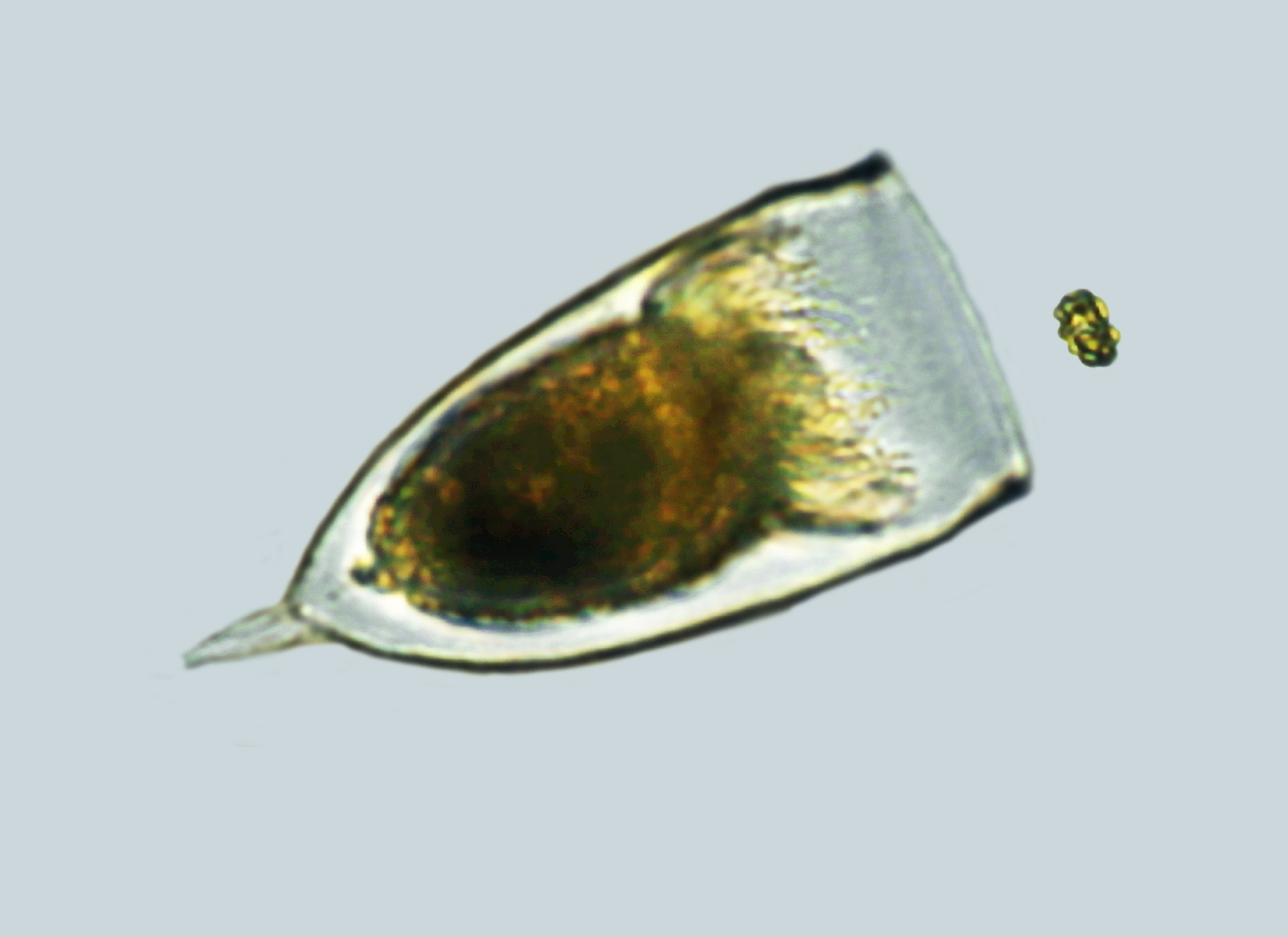
Scientists report that plant-like organisms called phytoplankton flee their predators just like animals do.
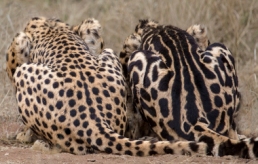
ANIMAL GENES & BEHAVIOR - The genes responsible for cat coat patterns, why male killer whales are momma's boys, what's behind the hummingbird's aerial acrobatics, and how epigenetics explains honeybee castes.
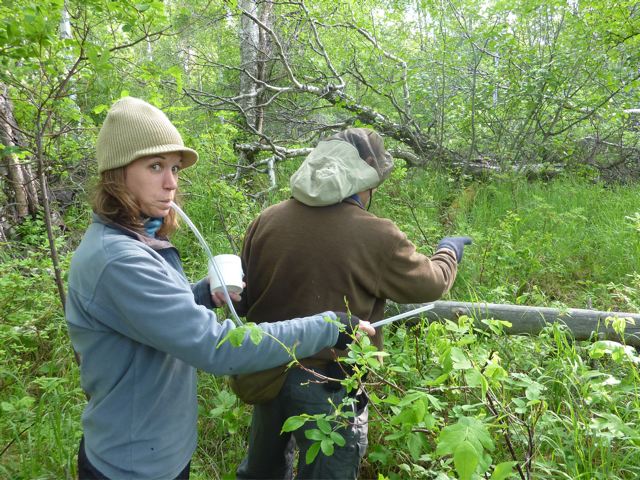

When worker bees and nurse bees switch roles, their brains get a genetic re-boot.

WEIRD SCIENCE: Listen to an archival podcast that delves into the weird and wacky side of science: Behind the legend of the chupacabra, does cracking your knuckles cause arthritis? A physiological explanation for near-death experiences, and animals that live without oxygen.
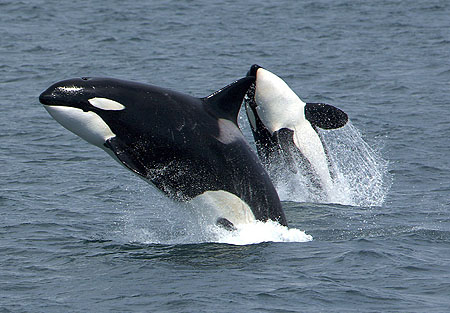
Killer whale moms live long past menopause, apparently to support and protect their adult sons.
